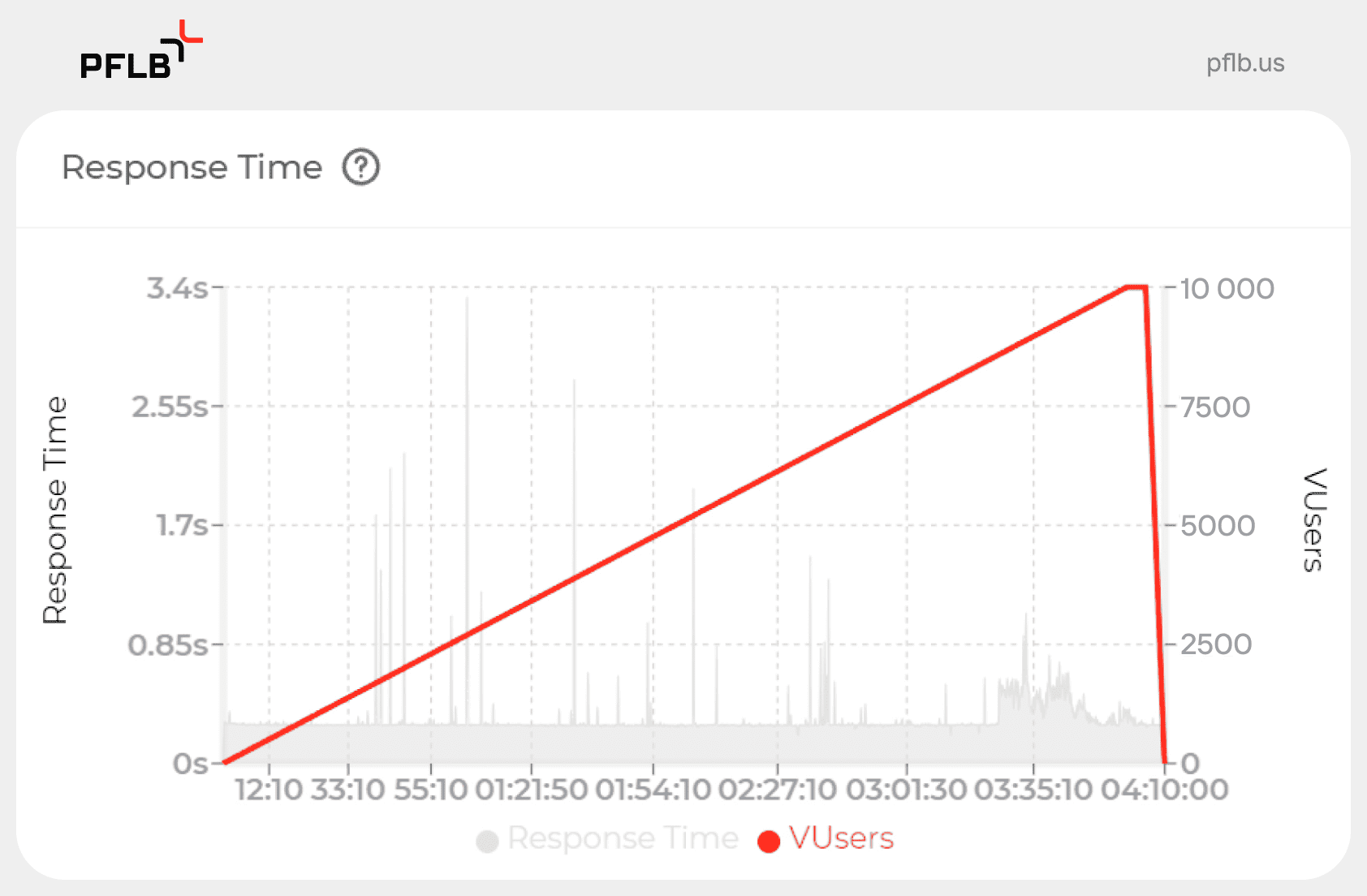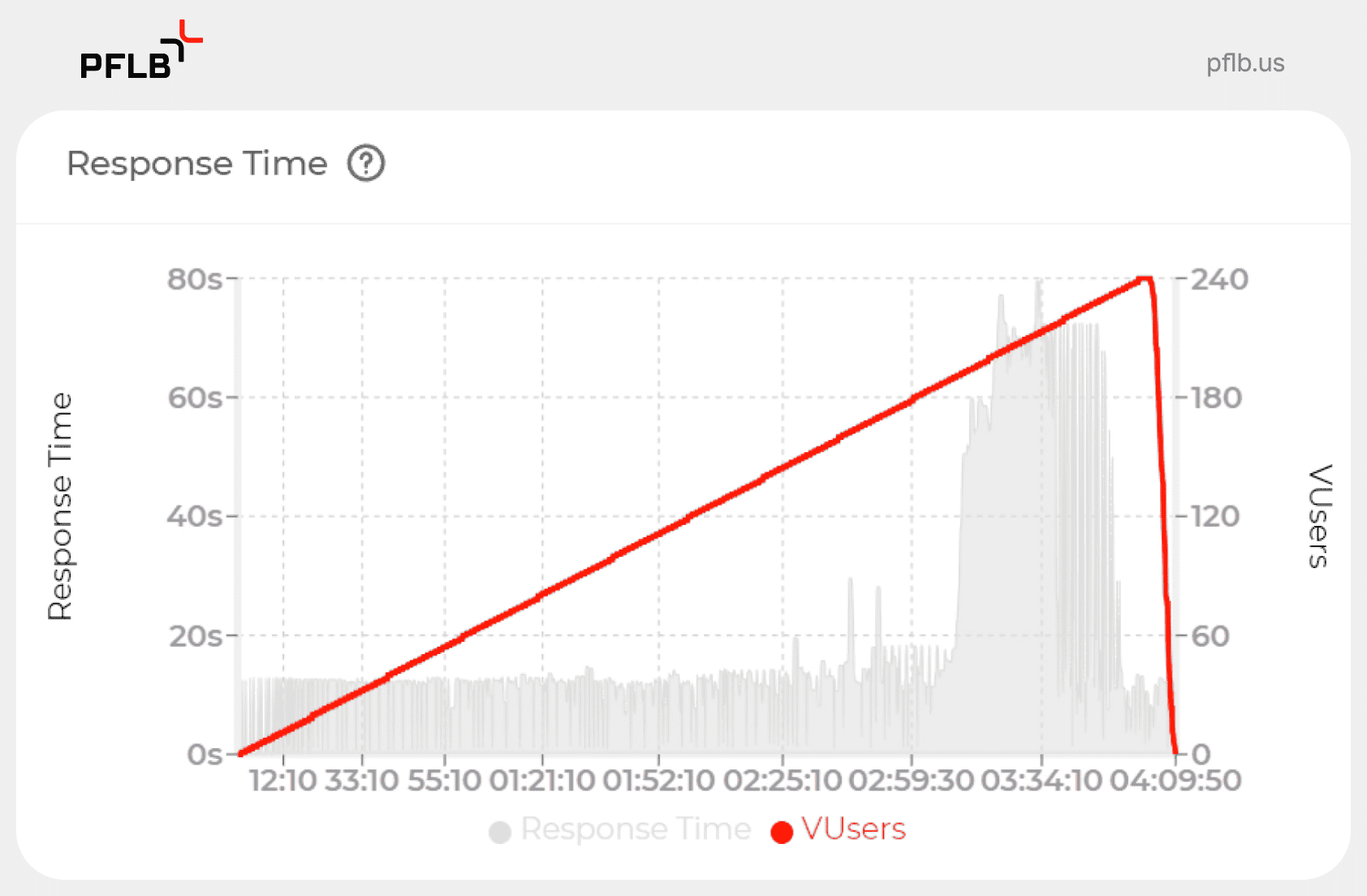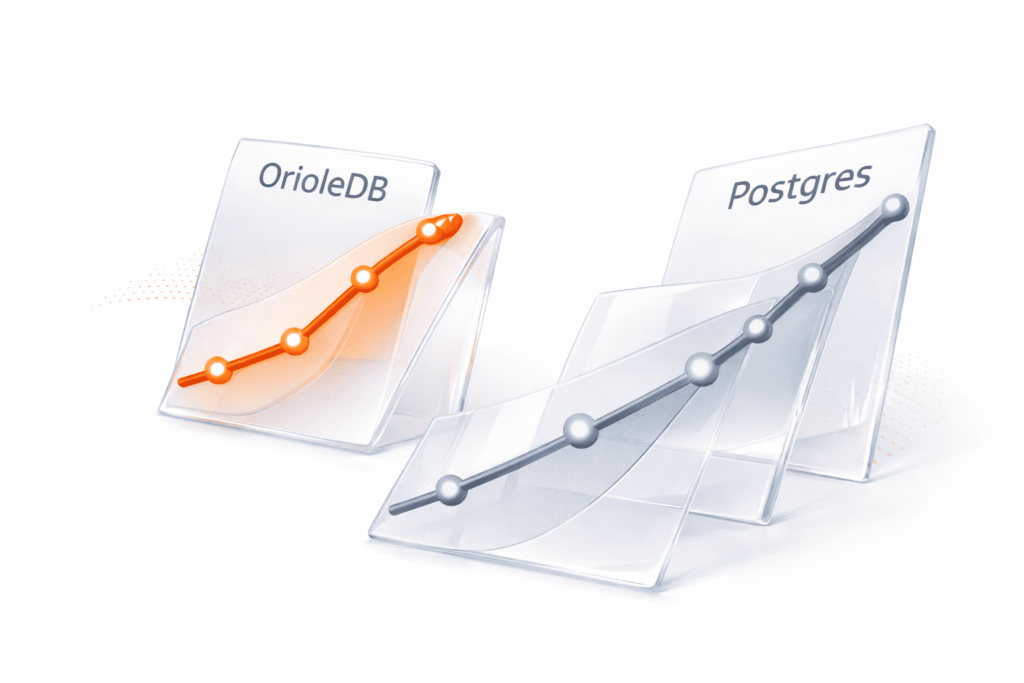Background
The largest electric distribution cooperative in Texas and the United States, Pedernales Electric Cooperative (PEC), had to test its new software systems, the Storm Center and the OR&S (Outage Reporting & Status), before the release to ensure their adequate performance under peak load.
Challenge
PEC had a strict release deadline and needed to test both systems simultaneously within a week.
Additionally
the PFLB’s work depended on an external contractor — KUBRA, who provided the company with PaaS.
The complex structure with multiple participants involved also added complexities.
Strategy
PEC had to test two systems: Storm Center and the OR&S. The first one was a map users utilize during power outages. The second system allowed users to report outages. For this, PEC needed a high-quality performance and load testing service with proven experience in the Energy and Utilities industry.
Solution
To conduct testing, PFLB worked together with PEC and KUBRA. The PFLB team made user scenarios with the load of 10,000 virtual users to generate outages. PEC’s manager synchronized his work with our team to help testing processes. Meanwhile, KUBRA was responsible for the infrastructure. The testing was conducted in real-time, and the client could monitor it.
PFLB studied test cases, made clarifications, and prepared a pool of map tiles. Next, the team configured load scenarios, provided the IP address and requested KUBRA to add it to the whitelist to disable IP throttling. Finally, PFLB conducted testing at the scheduled time, made a report, and provided PEC with vital insights.
Benefits
PFLB helped PEC identify performance issues, such as sudden increases in response time, that could lead to service delays. This insight empowered PEC to make adjustments to their systems that ensured optimal and cost-effective support for different user loads and scenarios. The systems have already been deployed. Now, PEC is fully prepared for a heavy user load.
“Working with the PFLB team has been especially important for us. Their expertise in load testing proved that our Storm Center and OR&S services can handle extreme demands during storms.
Thanks to their input, we’re ready to keep Texans safe and informed during outages.”
About PFLB
PFLB is a testing service that helps businesses identify performance issues and optimize their software, saving time and money. It has proven to be efficient for enterprises in industries such as Energy and Utilities, Banking, Software Development. To get a quote, click here.







